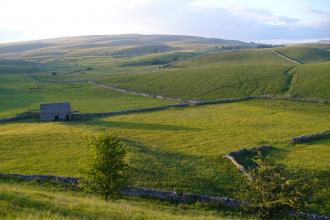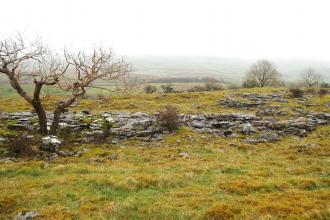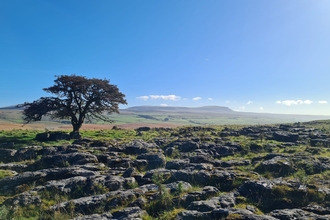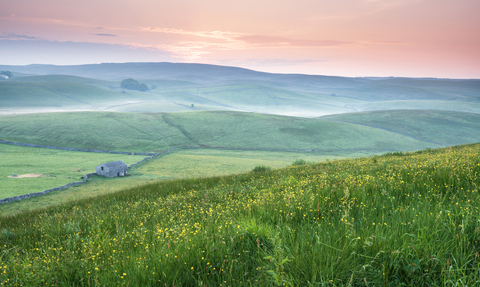With wide open vistas of rolling hills, criss-crossed by drystone walls and dramatic limestone pavements, Ingleborough and its foothills are one of the most well-known corners of Yorkshire – and one of our most inspiring places, an icon of our regional heritage. Plants and people have adapted to survive wild weather and upland conditions, and only the hardiest of cattle and sheep can roam the pastures.
The wildflowers around Ingleborough are a spectacle to behold. Mid-April heralds the first blooms, with the close-growing bright purple flowers and triangular green leaves of purple saxifrage beginning to spread across the limestone crags of the mountain, and the rare and tiny Teesdale violet speckling the lower rocky slopes.











